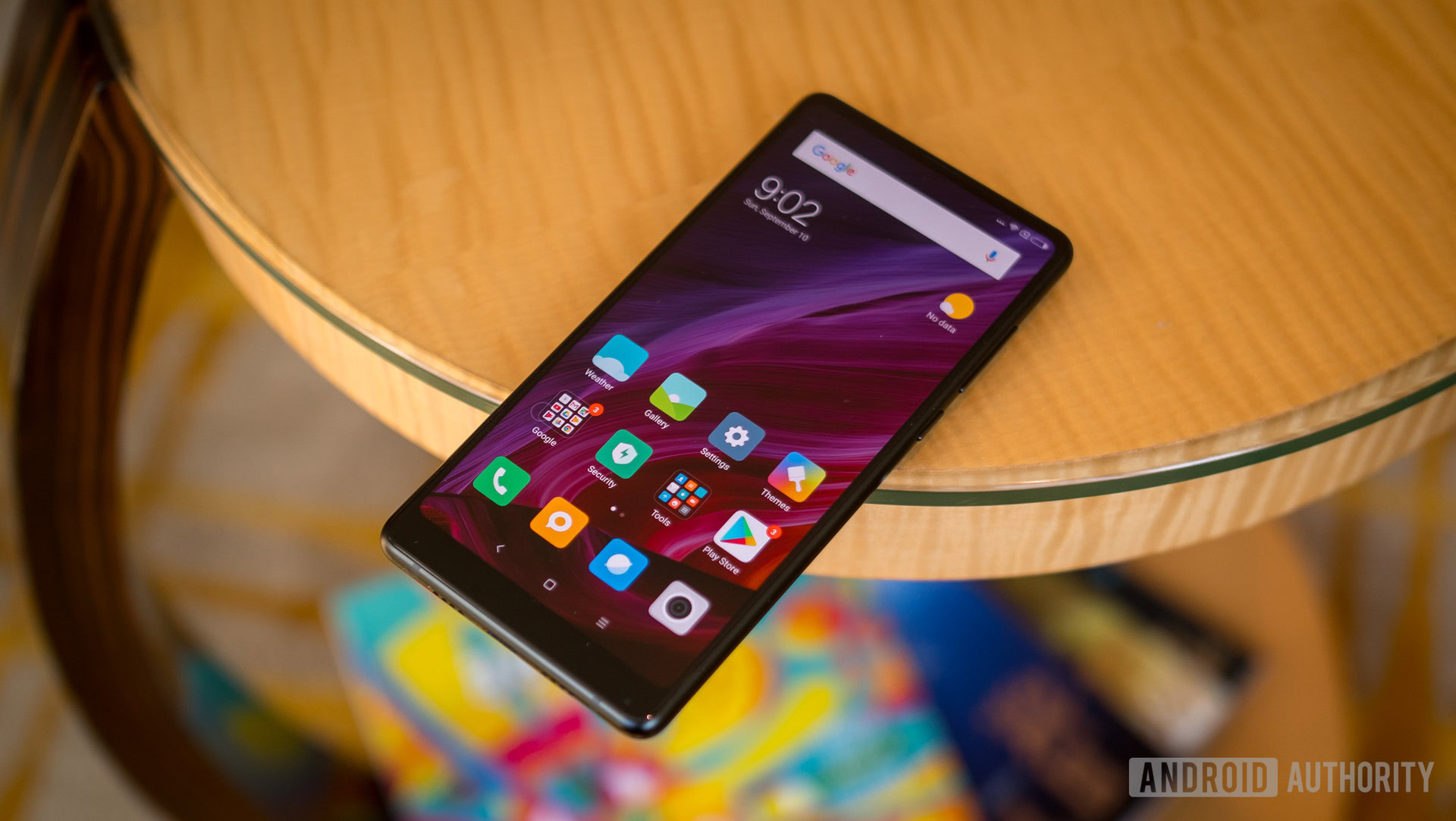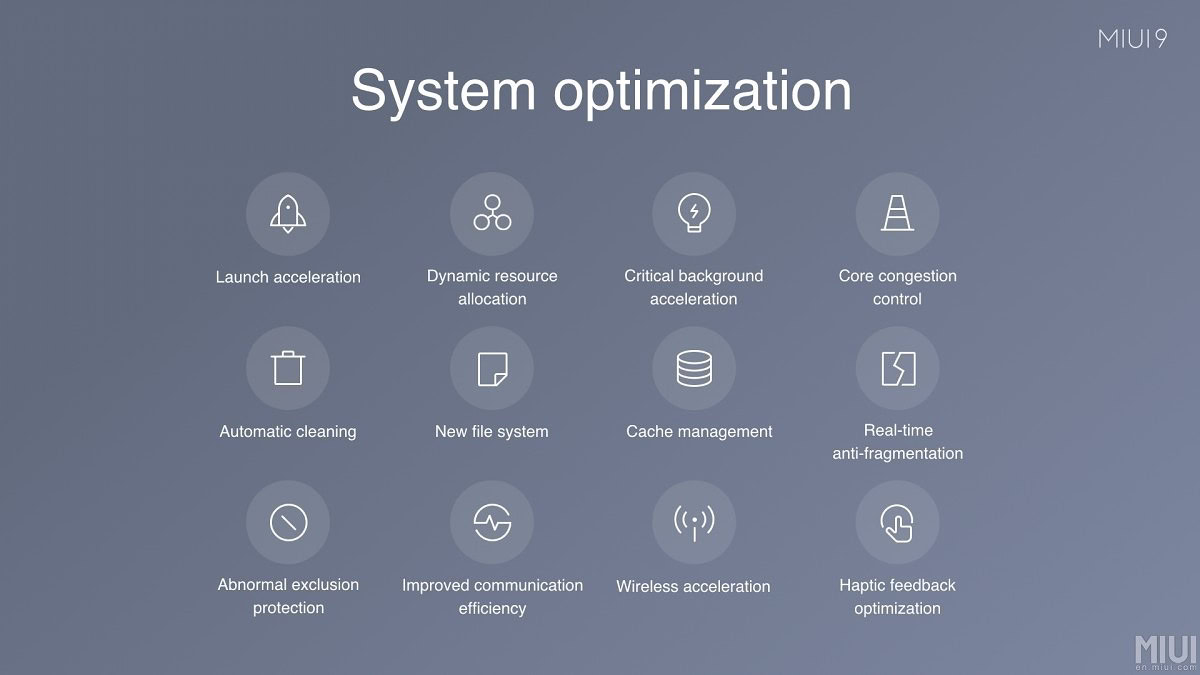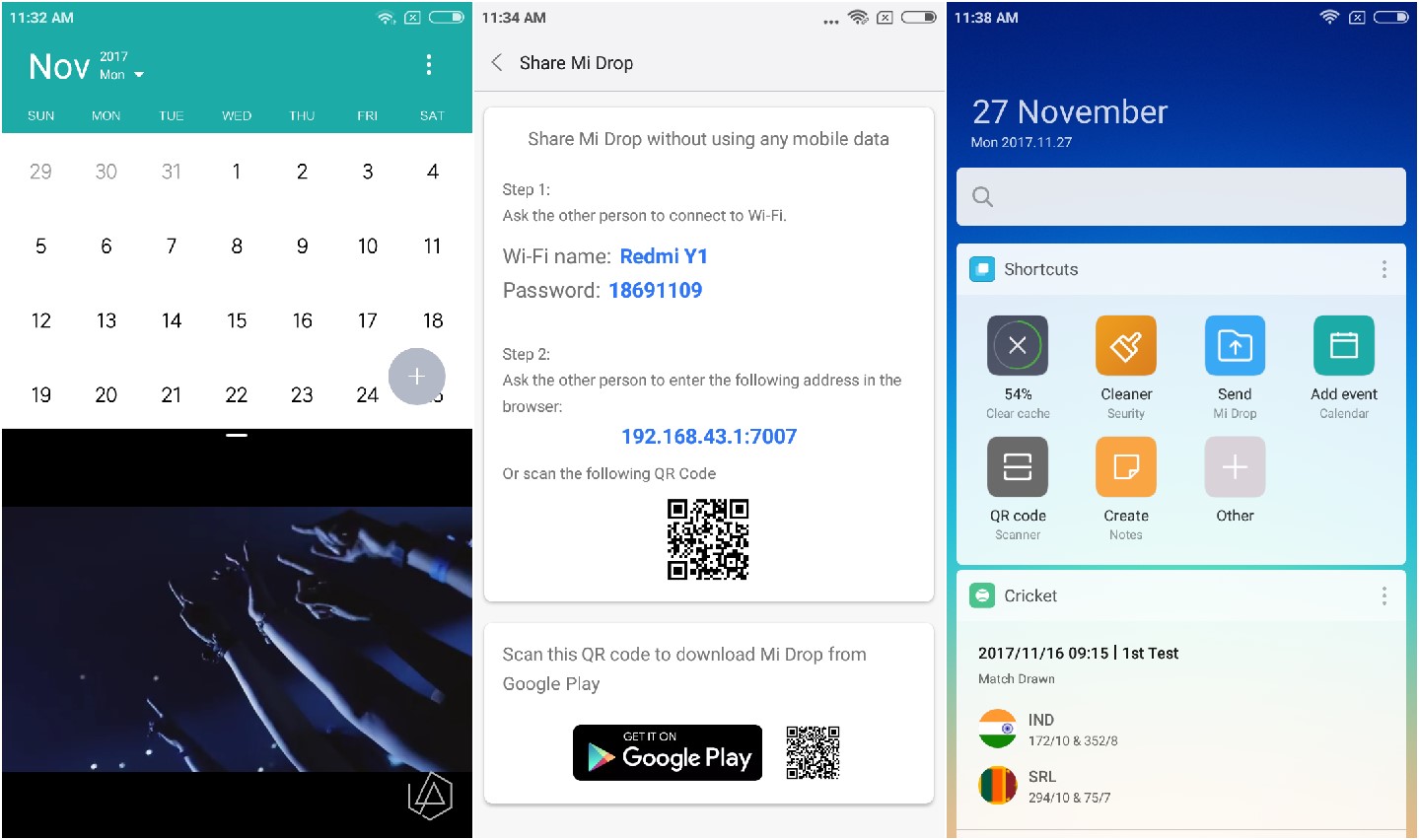Affiliate links on Android Authority may earn us a commission. Learn more.
What’s new in MIUI 9

While there’s a big camp of Android users that prefer stock Android experience, there are also fans of customized UI layers that several OEMs ship their phones with.
Xiaomi’s MIUI is one of the more popular ones, especially because Xiaomi adds several nifty little features and utilities over and above the Android experience. It’s interesting to note that Xiaomi started as a software company in 2010 and MIUI (based on Android 2.2.x Froyo at the time) was its first public offering before the Chinese startup delved into smartphones and gained international prominence.
At the moment, MIUI has over 280 million users and is available in 56 languages across more than 220 regions.
With the latest iteration of the MIUI – MIUI 9 – Xiaomi is focusing on faster app launches and a smoother user experience.
Despite Xiaomi devices rapidly gaining market share as well as mindshare in important markets like India, a constant criticism of MIUI is that it ‘feels slow’. While ‘bloated’ might be an unfair word to use, there’s a definite extra bit of stretch that the innards must push for a smooth Android experience – especially because most them are budget devices with modest processors.
MIUI 9 comes with dynamic resource allocation which prioritizes the resources required by the app you’re using over background processes. Xiaomi is also touting faster app load times with accelerated startup. The smoother UI with reduced latency has been the company’s big pitch for MIUI 9 to ward off the perception of it being a performance degrading overlay.

Xiaomi is also joining the Artificial Intelligence wave with a Smart Assistant to ‘find anything and everything’. Swiping right on the home screen brings up search, information cards, and customizable widgets. It acts as a hub to access all your notes, calendar appointments, and reminders, and shows the most relevant information at any point in time.
There’s also a new image search functionality that brings natural language search to image organization and allows users to search their photo gallery using keywords like people, locations, and expressions, similar to what Google Photos offers. The Gallery app features 12 sticker sets, with four of them designed exclusively for India.
The new Smart App Launcher allows you to launch an app based on what you’re currently doing. The app recommendations allow for seamless switching to another app that might be relevant at the point without going to the homescreen. Searching for a location and you’ll be recommended the map app, for example.

The latest iteration of MIUI also brings three new themes – No Boundary, Colour Fantasy, and Cool Black – along with a new default theme. There’s also a new design on the lock screen.
The split-screen feature that was launched with Android 7.0 Nougat is finally available on MIUI 9 as well. The notification shade has improved with new styles, bundled app notifications, as well as the ability for quick replies from within the dropdown.
The refreshed Mi Video app features automatic grouping, multilingual subtitles, as well as support for more video formats. Mi Drop now allows for transfer of all types of files via Wi-Fi Direct peer-to-peer sharing. Also, Xiaomi apps like Mi Calculator, Mi Explorer, and Mi Drop will now be available on Google Play Store as standalone apps.
For Indian users, MIUI 9 brings support for the Panchang calendar, festival cards, as well as Horoscope, News, Cricket News, Cricket Schedule, Football Schedule, Health and Fitness, and ‘On this Day’ information.
Xiaomi deserves big props for delivering the latest platform update to its smartphones from even five years ago – yes, the Mi 2 that was launched in 2012! MIUI 9 stable is now rolling out to the following smartphones in a phased rollout.
- 2017 – Mi MIX 2 / Mi Note 3 / Mi 6 / Mi Max 2 / Redmi Note 4 / Redmi Note 4X / Redmi Note 5A / Redmi 4 / Redmi 4X / Redmi Y1 / Redmi Y1 Lite
- 2016 – Mi MIX / Mi Note 2 / Mi 5 / Mi 5s/ Mi 5s Plus / Mi Max / Mi Max Prime / Redmi Note 3 / Redmi 3 / Redmi 3S / Redmi 3S Prime / Redmi 4 / Redmi 4A
- 2015 – Mi Note / Mi 4i / Redmi 2 / Redmi 2 Prime / Redmi Note 4G Prime / Redmi Note 2
- 2014 – Mi 4/ Redmi Note 4G
- 2013 – Mi 3
- 2012 – Mi 2